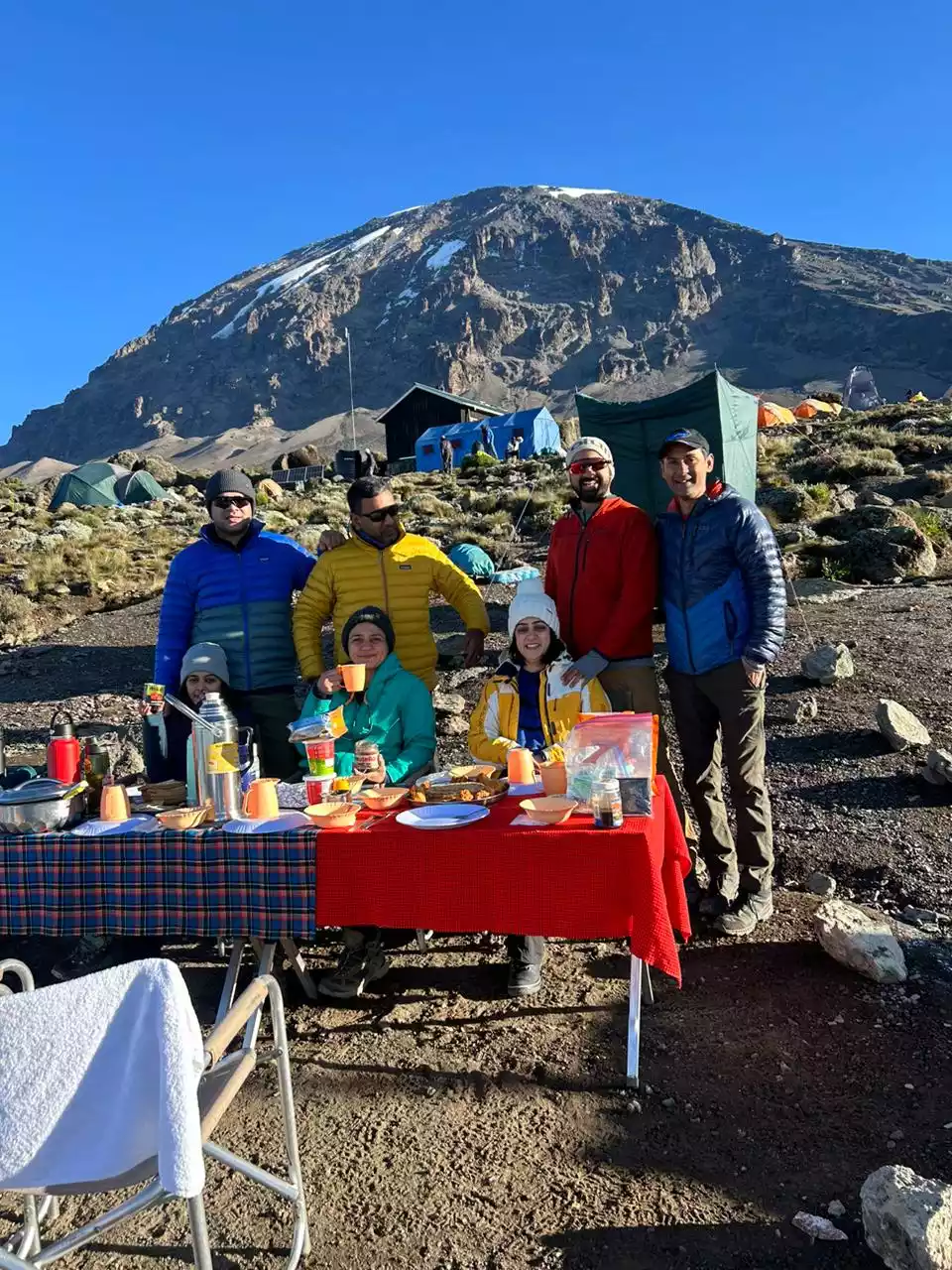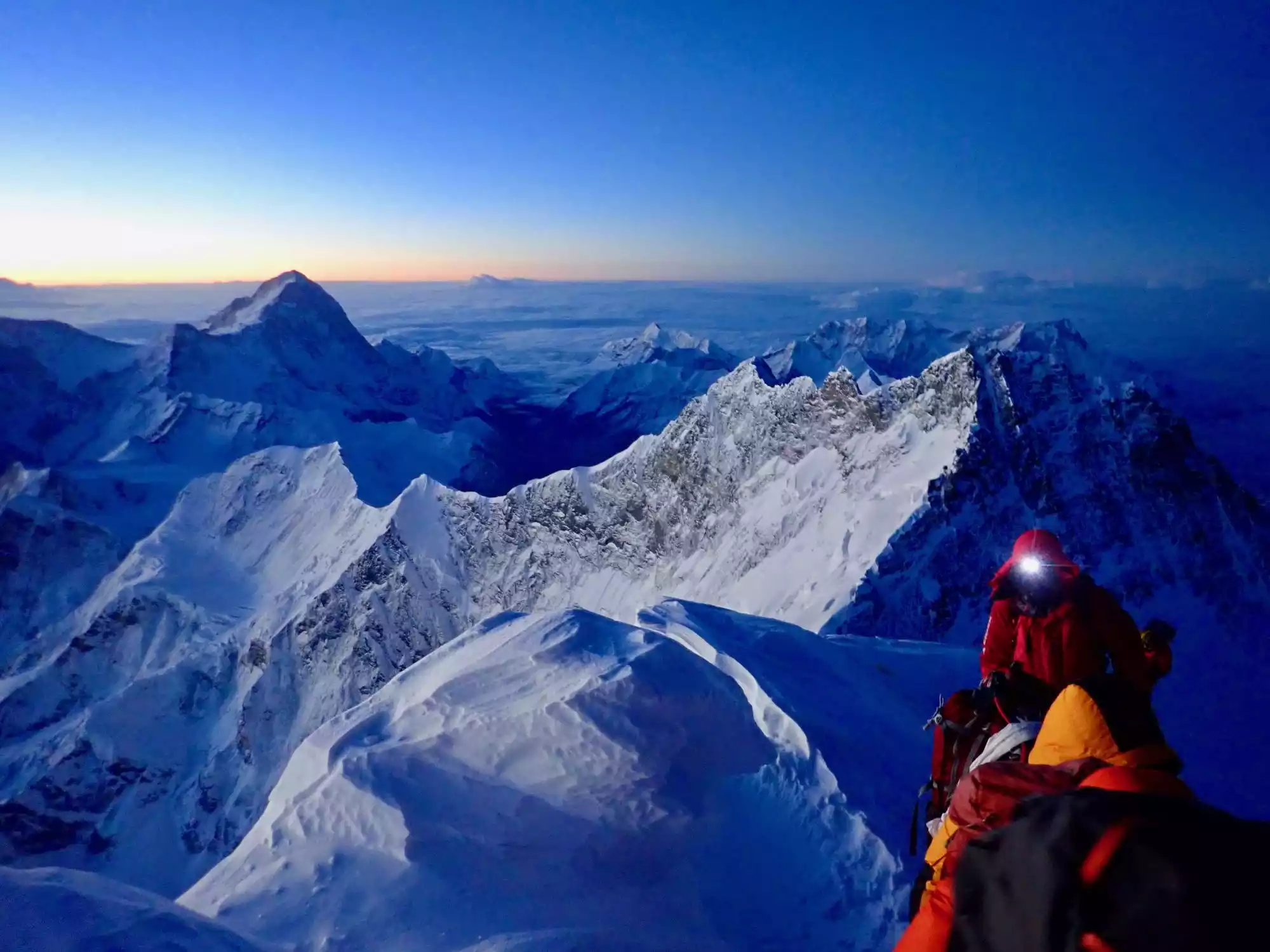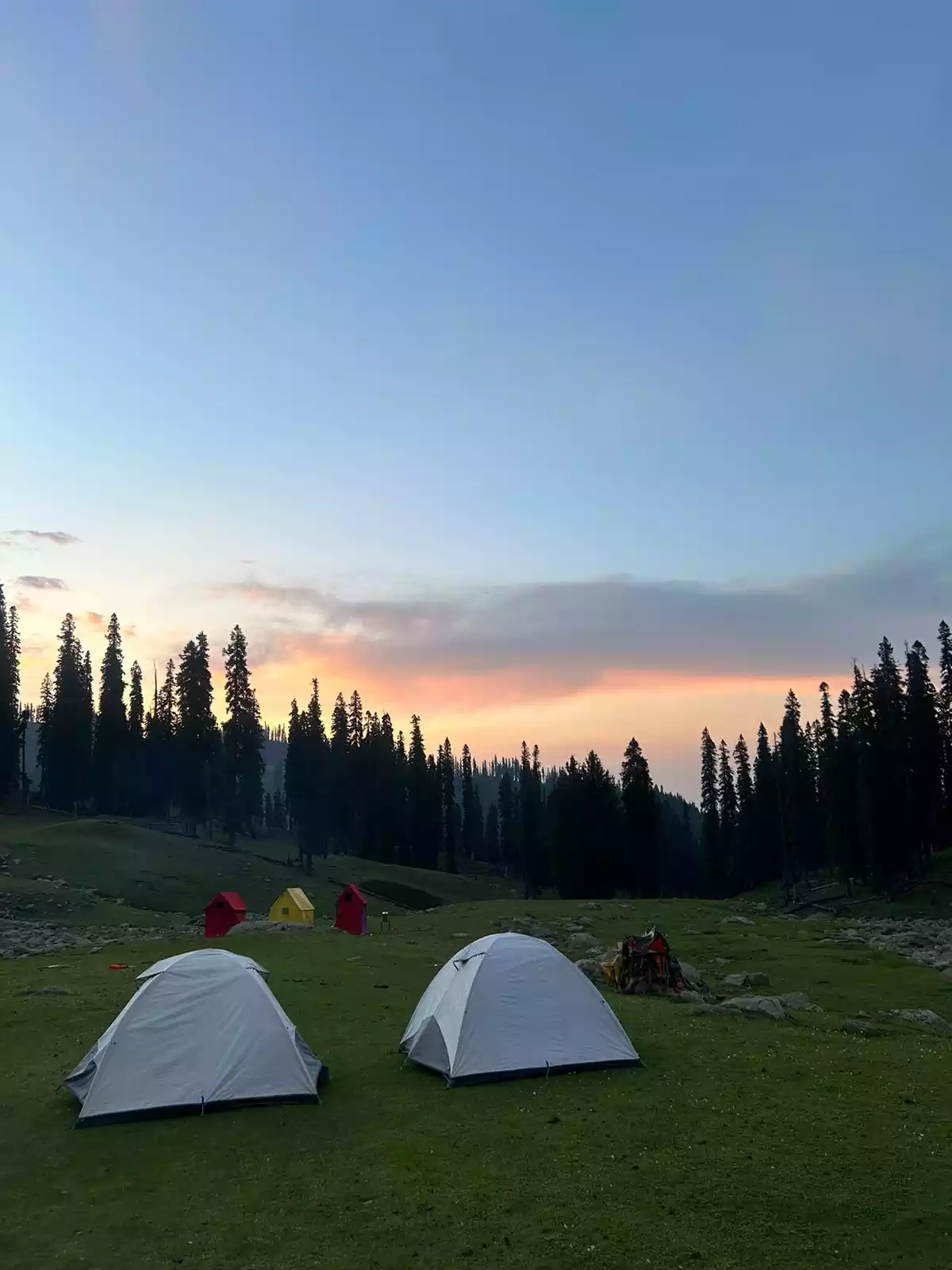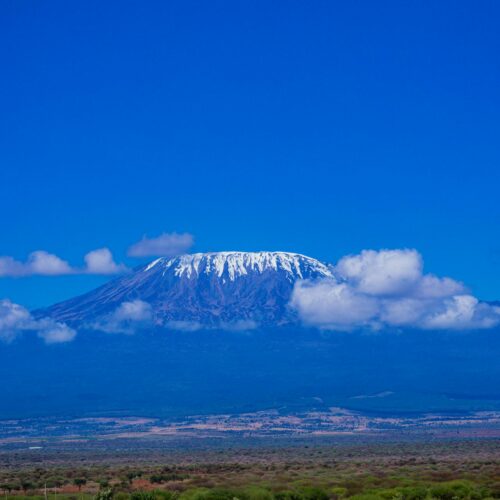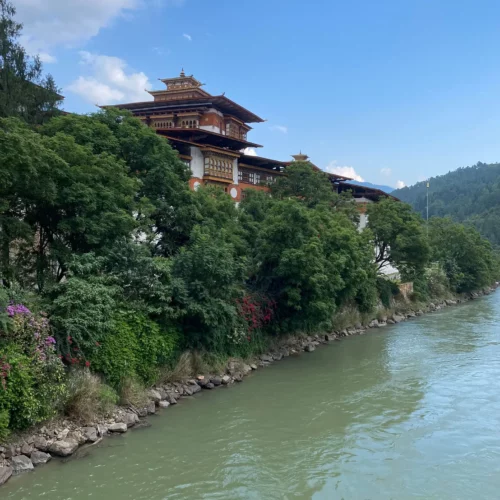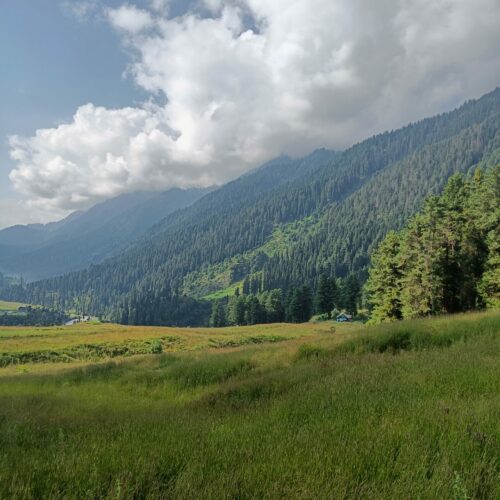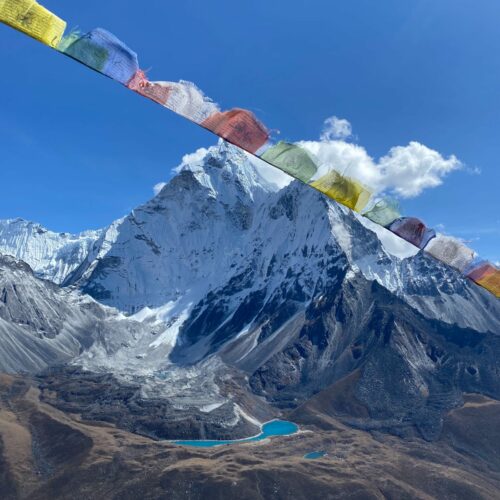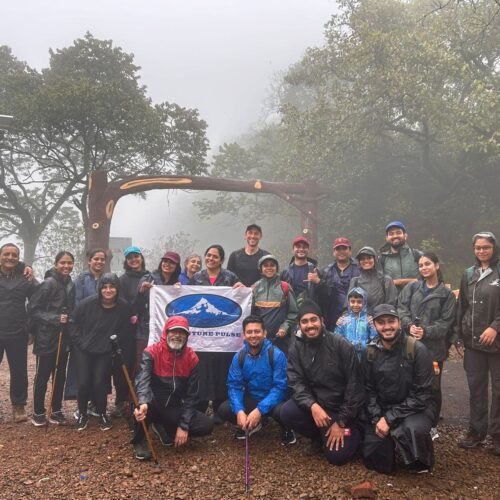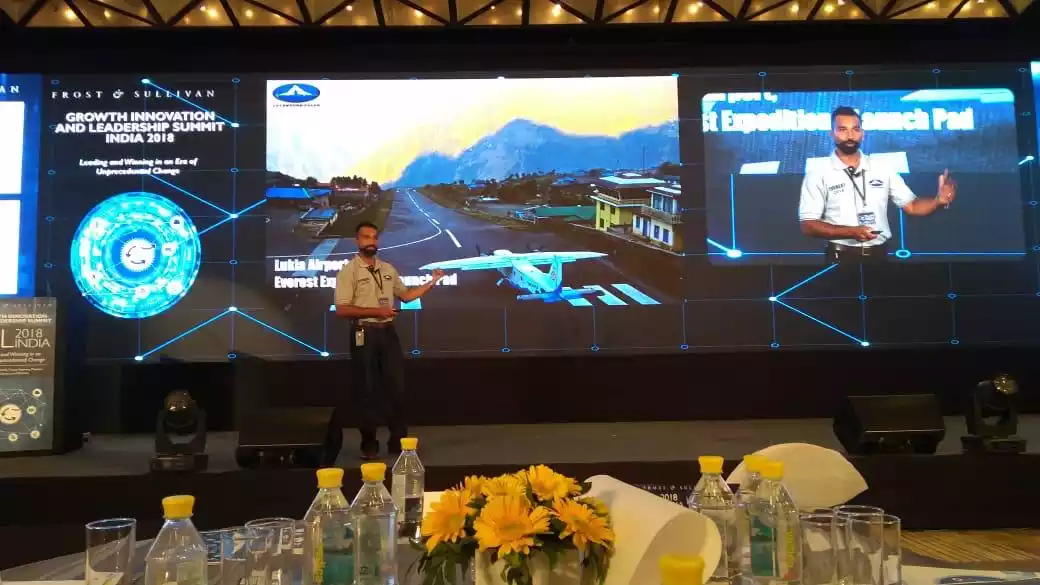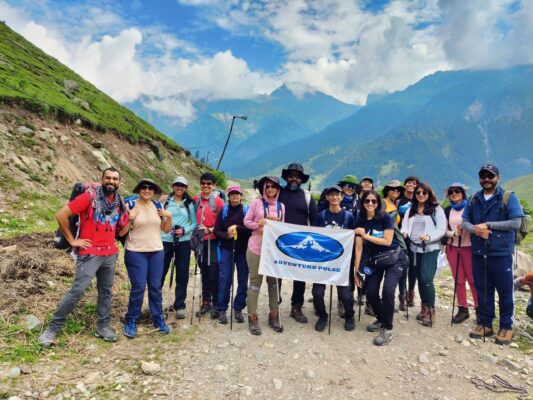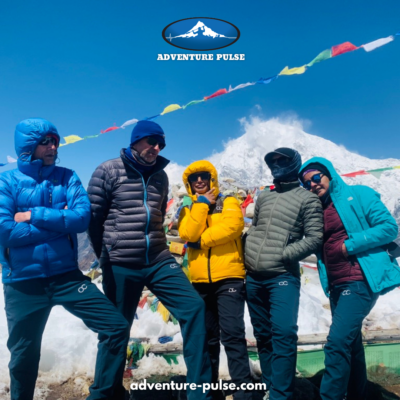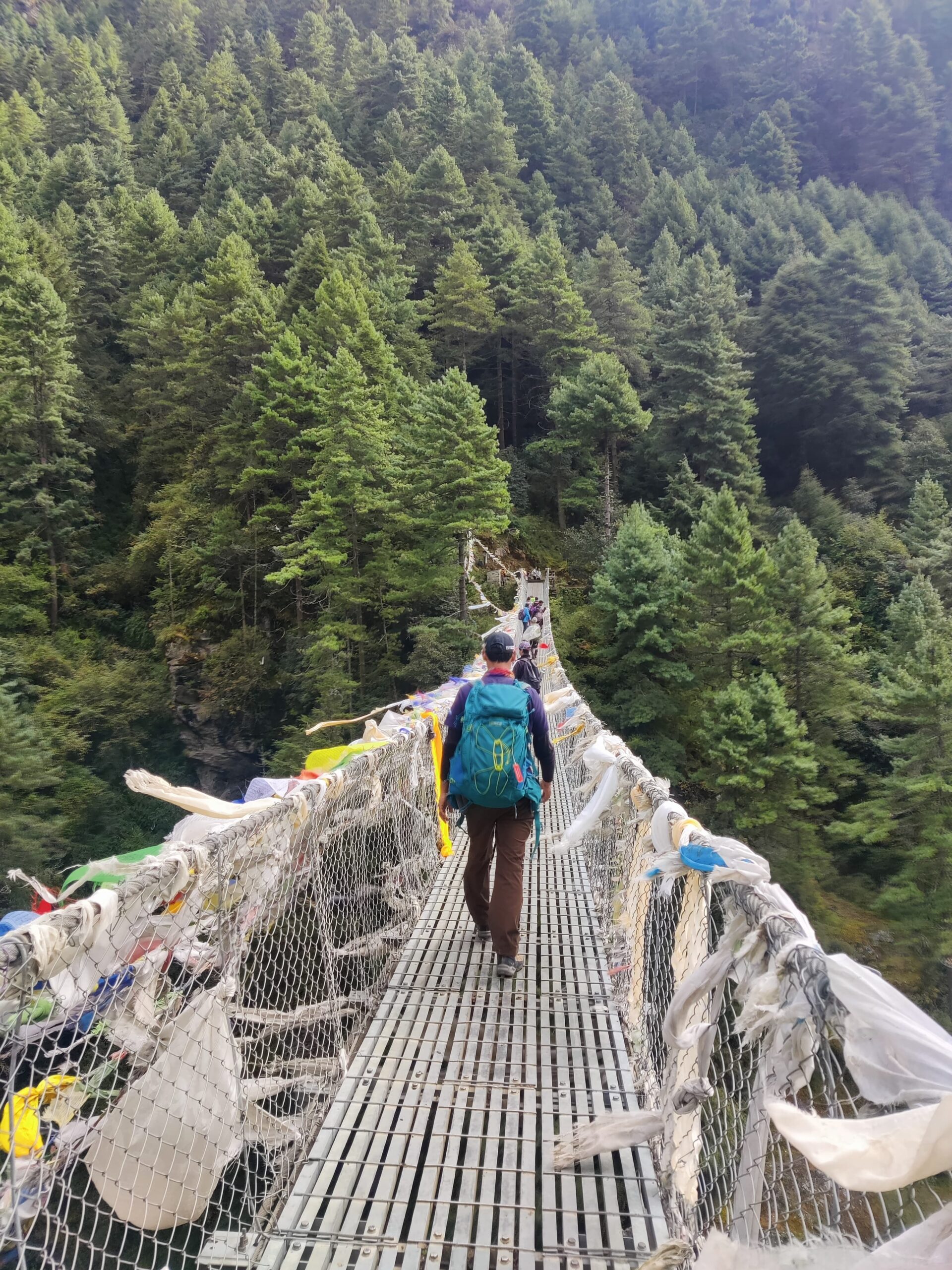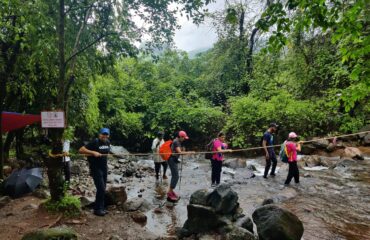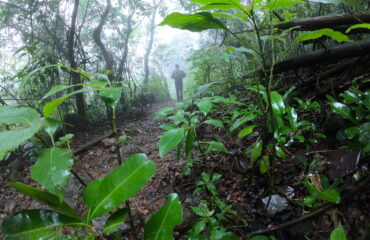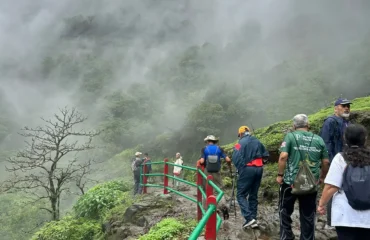
Background
Maharashtra has birthed a plethora of rock climbers, mountaineers, and all-out adventurers over the last 50 years. From exploratory expeditions and first ascents of peaks in the Indian Himalayas to cresting the roof of the world on multiple occasions, it got us thinking – what could the correlation be? Is there something in the water or have people here discovered a super food that fuels their endeavors. Maybe it’s like the plain old Nepali saying, “daal-bhat power, 24 hour!” (rice and lentil soup provides enough energy for the day). And then it struck us – this is definitely the hidden magic of the Sahyadris!
The Western Ghats, over 1600+ kms in length span roughly the entirety of the south-western coastline of the Indian peninsula, from Gujarat all the way to Kanyakumari. Close to 700+kms of this stunning mountain range lies in the state of Maharashtra, with over 250+ forts dotted across this landscape. Built to strategically protect and sustain arduous trade routes during the Maratha Empire, these forts today serve as an exciting playground to inspire and keenly draw people into the mountains!
Add in diverse ecology, countless species of flora and fauna and serene forests that come alive every monsoon, it’s no surprise that thousands of trekkers and subsequent mountaineers have emerged from this region!
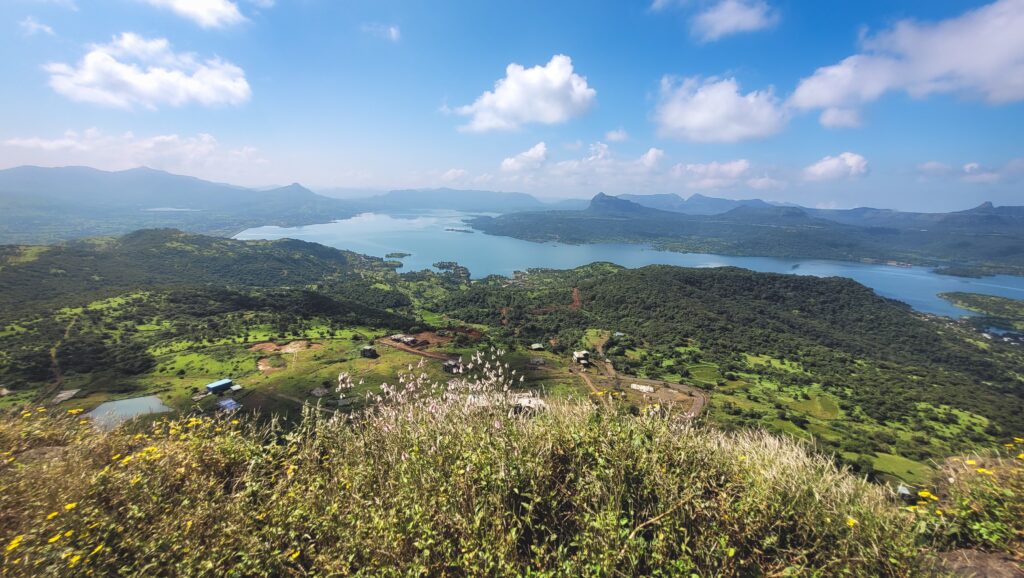
Why the Sahyadris are an Ultimate Training Ground?
-
Accessibility and Famous Sub-Ranges of the Sahyadris
For an activity, sport or a hobby to not only pique a person’s interest but sustain its allure, the most important aspect is how accessible it is. In terms of time and money. For most major cities and towns in Maharashtra, a small hill or ‘tekdi’ as its commonly called, is literally a stone’s throw away. Old forts and jungle trails lie within a radius of 30-150 kms and are easily reachable by two-wheelers, cars, jeeps and more importantly by public transport at a fraction of the price. This hugely reduces the entry barrier to try out hiking or trekking across the several famous sub-ranges around which our metropolises have come up!
Around Pune & Mumbai, one simply has to travel an hour or two to immerse themselves in the beauty of the ranges of Matheran, Mahabaleshwar, Harishchandragad-Kalusbai, Naneghat, Bhimashankar, Tamhini & Malshej, to simply name a handful of the several that define the region!

As you move north towards Nashik, the relatively lesser known Trimbak Hills, Bhandardara, Anjaneri, Satmala, Selbari and Baglan ranges come into view, leaving you just as awestruck.
Combined with important wildlife sanctuaries and bio-reserves like the Bhimashankar & Koyna Wildlife Sanctuaries, Karnala Bird Sanctuary, Kaas Plateau Biosphere Reserve and the Matheran Eco-Sensitive Zone, Maharashtra is a treasure trove of nature simple waiting to be discovered!
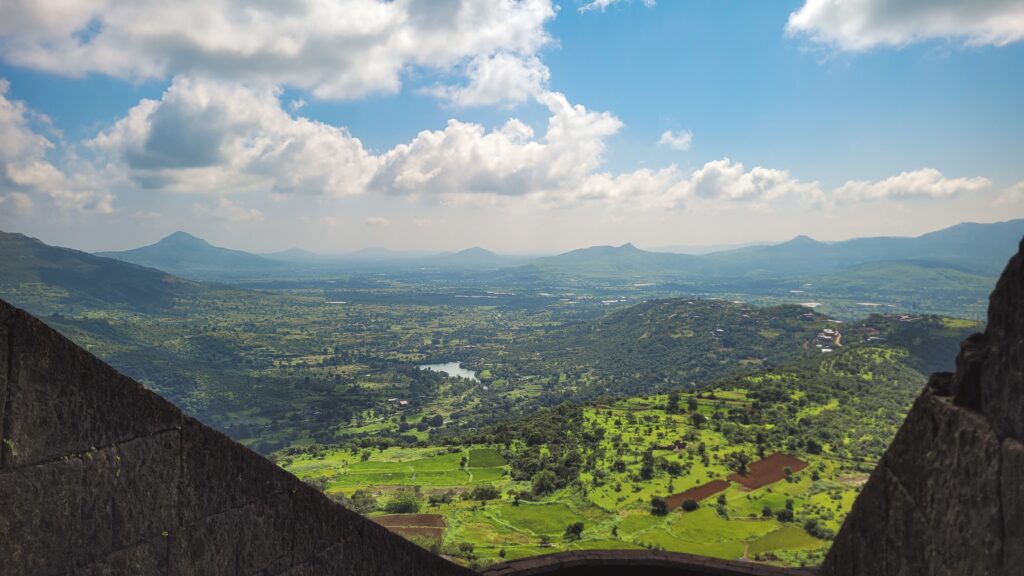
-
No Off-Season in these Mountains
The most wonderful part is the fact that you can explore these vistas of the Sahyadris pretty much year-round. From the unbelievable greenery and rain swept breeze of the misty monsoon, to the crisp and chilly evenings of winter spent camping with friends on the lip of an age-old fort.
The months of June through August are truly the most beloved, as the region transforms into a cauldron of fog, endless waterfalls, bustling rivulets and rain that never seems to cease. The joy of splashing in streams and meandering through forests that are the embodiment of ‘lush’ and ‘green’ cannot be overstated.

For the clearest and most pristine views, gorgeous sunsets and your most audacious multi-day treks, the Winter months provide pleasant weather and ideal temperatures. In contrast, Summer is blisteringly hot and being caught out on trail after 8.30 AM is simply asking for trouble and sheer dehydration. This is the one season where you should ideally restrict your adventures to a single day, beginning in the darkness of early morning and ending by the time you’re body demands breakfast!
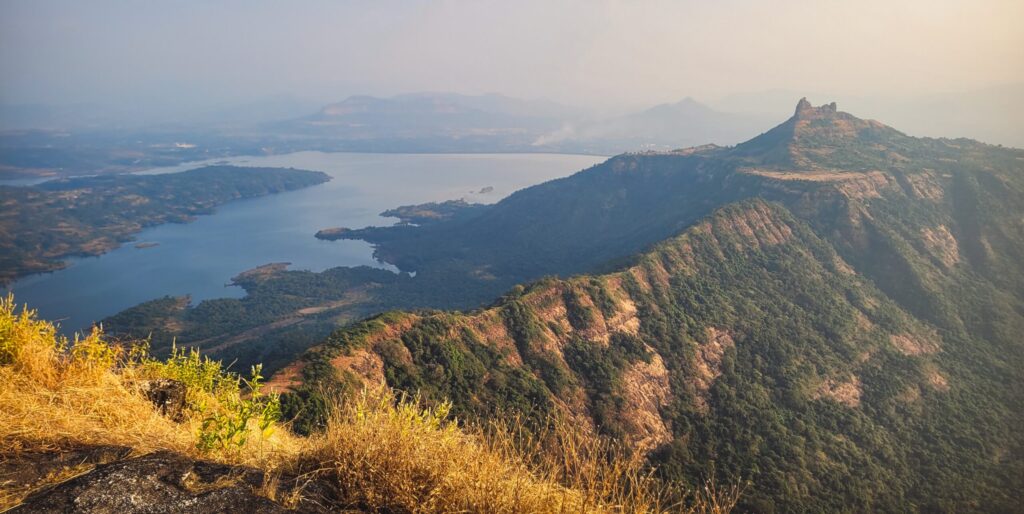
An underrated time in the Sahyadris is the post-monsoon period of September and October, when the rains have receded, leaving the slopes resplendent with a colorful bloom of wildflowers. Across plateaus and hills, you can witness hues of yellow, purple, pink, white, and occasional tinges of red, with flowers like Sonki, Abhali, Terda, Utrani, orchids, and the elusive Karvi in full glory. The landscape is truly a photographer’s delight!

-
The Charming Forts of the Maratha Empire
From little children to elders well into their 70s and 80s, each one has felt the magnetic pull of the now-dilapidated fortresses perched atop giant mountains, towering above steep cliffs and dense jungles. Whether you’re interested in hiking or not, the historical significance and lore associated with these forts is reason enough to visit!
Centuries ago, these forts formed the bedrock of Chhatrapati Shivaji Maharaj’s kingdom and were pillars of the Bhonsle dynasty. Embers of that era still burn bright in the hearts of Maharashtrians and can be tangibly felt when visiting any fort in the state. Intricately carved temples, massive stone-cut darwazas or entrances, sprawling fortifications, and rock-cut steps chiseled into the mountainside have all stood the test of time—crowned with a tinge of orange that emanates from the flag of the Maratha Empire, still found proudly planted atop the summits of countless forts and hills.
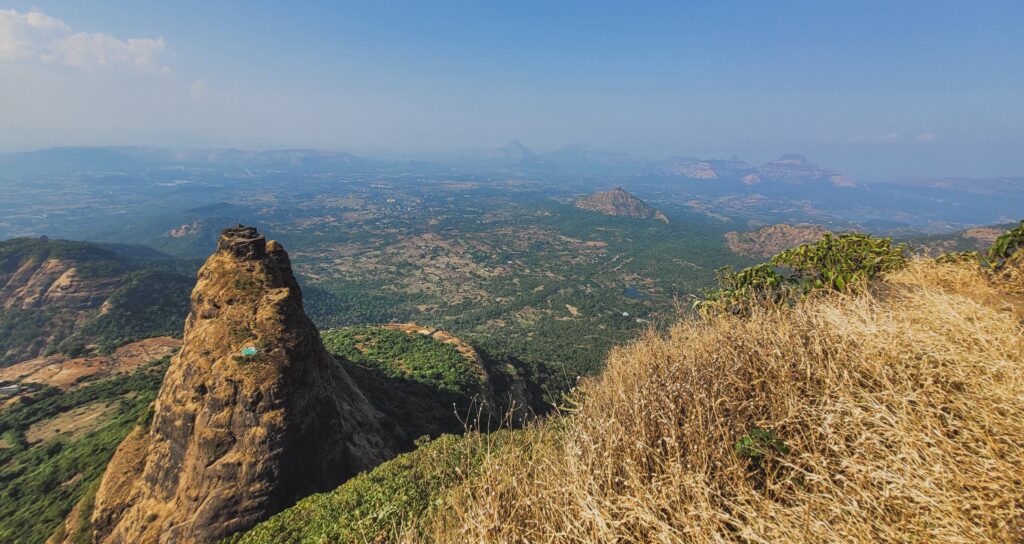
veryone who visits the state invariably finds themselves drawn to the trails that lead into the Sahyadris, more often than not culminating at a famous fort with a storied history!
All the way from Shivneri, the hill fort where Shivaji was born, to the glorious ‘machis’ (plateaus) of Rajgad, which was his first capital – hundreds of these forts are marvels of excellence, built without modern machinery and technological assistance!Each trail and the villages around have enchanting pasts waiting to be dived into.
Be it the surreal Brocken Spectre at Konkankada on Harishchandragad or the purple bloom of Karvi flowers every eight years on Ratangad, the vistas leave you speechless!And there’s the lofty summits to reach for! There’s very little that compares to catching the first rays of the sun from atop the highest peak of Maharashtra, Kalsubai at 5400 ft! Panoramic views lie in wait, from Arthur Lake and Bhandardara Dam to the silhouettes Alang, Madan & Kulang, forts whose famously precarious trekking routes are legend in these parts!
And if that doesn’t quench your thirst for adventure, the highest fort of the state awaits – Salher at 5175 ft, with uninterrupted, 360° views of the Selbari and Baglan ranges all around and below you! -
Varied Terrain & Difficulty of the Sahyadris

One of the most crucial reasons why the Western Ghats make you feel at home in the wild and the mountains is their diverse terrain. Hundreds, perhaps even thousands of ancient trails crisscross the region. Some mapped, some undiscovered, and others slowly being reclaimed by the very foliage they pass through. What was once a vital network of trade, sustenance, and travel for the Maratha kingdom now serves as a map of infinite possibilities for adventure.
From simple one-day hikes to forts, meadows, waterfalls, and rock pinnacles, to challenging multi-day range treks connecting villages, mountain passes, and rustic valleys, the choice is yours. The treks that have been documented span the entire spectrum of difficulty, allowing people of every experience level to get a taste of the mountains.
Every path you take offers something new.
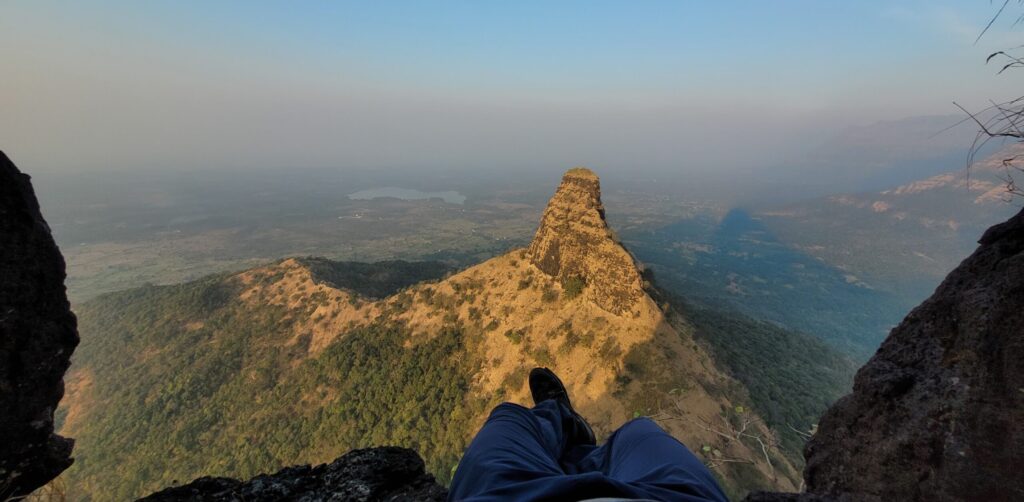
One moment you’re walking along a forest trail, your boots crunching over layers of dried leaves with only insects and reptiles for company and soon enough, you’re scrambling up scree and boulders toward a forgotten saddle—or khind, as the local villagers call it. A modest hill can lead you onto a seemingly endless ridge walk along the edge of a famous ghat (cliff), just a few steps away from one of Maharashtra’s many stunning waterfalls. And if you happen across a similar landscape in summer, you might find yourself descending into, or ascending out of thrilling and challenging gorges and gullies where streams once flowed. Barring snow, the topography of the Sahyadris leaves nothing to imagination or desire.

Despite the moderate altitude topping out around 5000+ ft, there lies immense opportunity for elevation gain to simulate the conditions of longer Himalayan treks. Combine this with the underlying rocky terrain which is deceptively taxing and genuine exposure which can be experienced on several forts and cliffs, it is no surprise that even world class mountaineers have adopted the Sahyadris as their training ground of choice to prepare for high altitude treks and expeditions!
-
Community
And finally we arrive at what I believe is the most underrated aspect of why the Sahyadris has given rise to quite possibly the biggest hotspot of mountain enthusiasts in the country, outside of the Himalayas, of course!
There is a famous Maori proverb “He aha te mea nui o te ao? He tangata he tangata he tangata!”which translates to: “What is the most important thing in the world? It is people it is people it is people!”
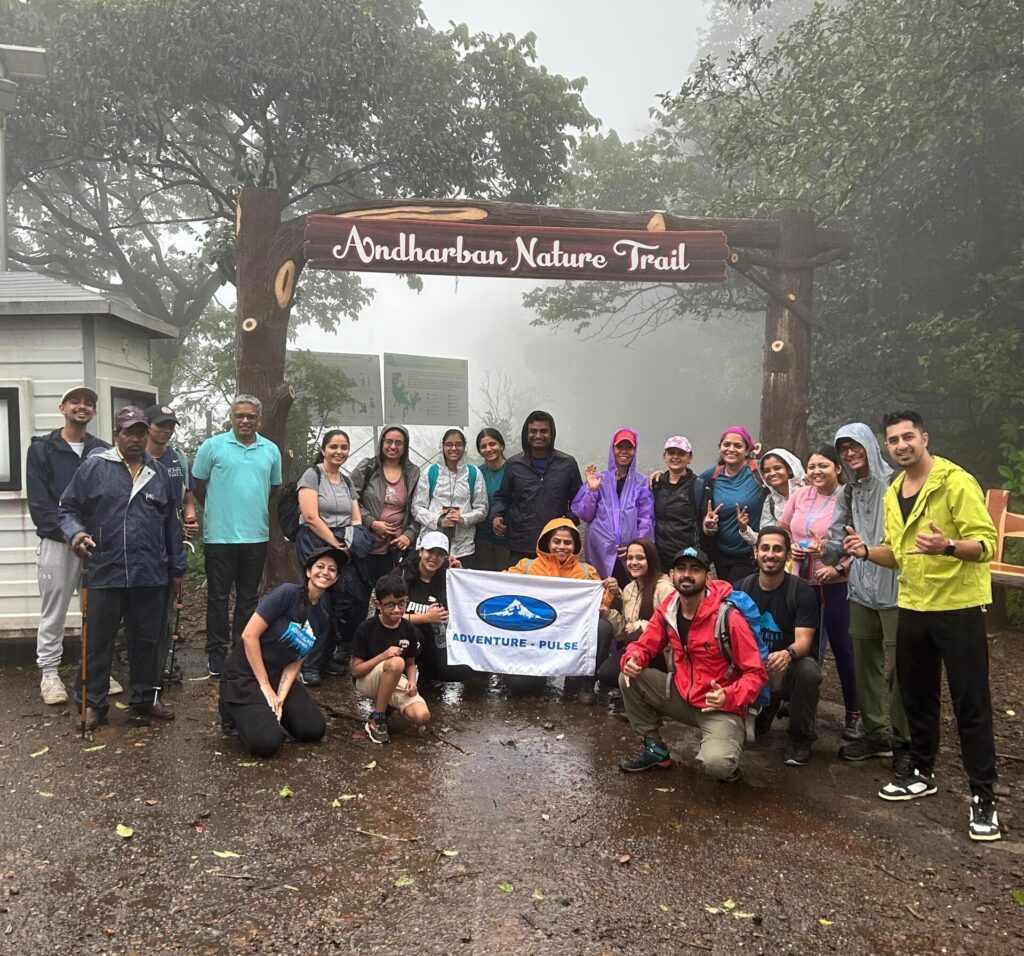
As you can imagine, it is the very practitioners of hiking, trekking and climbing that have further ignited the spirit of adventure and over the course of several decades facilitated experiences for those who were newly bitten by the adventure bug! Trekking clubs, mountaineering schools, local outdoor communities, and even more so, friends and families, have passed on first-hand knowledge and personally introduced both children and adults across generations!
Journeys that began as ordinary excursions to escape the monotony of city weekends have evolved into a lifelong passion — one that has been shared and multiplied exponentially.
If you’re someone who’s curious about the mountains, the outdoors, hiking, or simply exploring the beautiful backyard that is the Sahyadris, you won’t have to look far for a mentor or friend to guide you. Your first experience in the wild will be safe, thoroughly enjoyable, and likely to leave you wanting to return again and again.
Parting Thoughts
In 2012, the Western Ghats were rightfully inscribed as a UNESCO World Heritage Site! A mountain range older than the mighty Himalayas which is a cradle of surreal biodiversity and uniquely rugged vistas. Steeped in history and scattered with remnants of empires long gone, these mountains are truly a special corner of the planet.
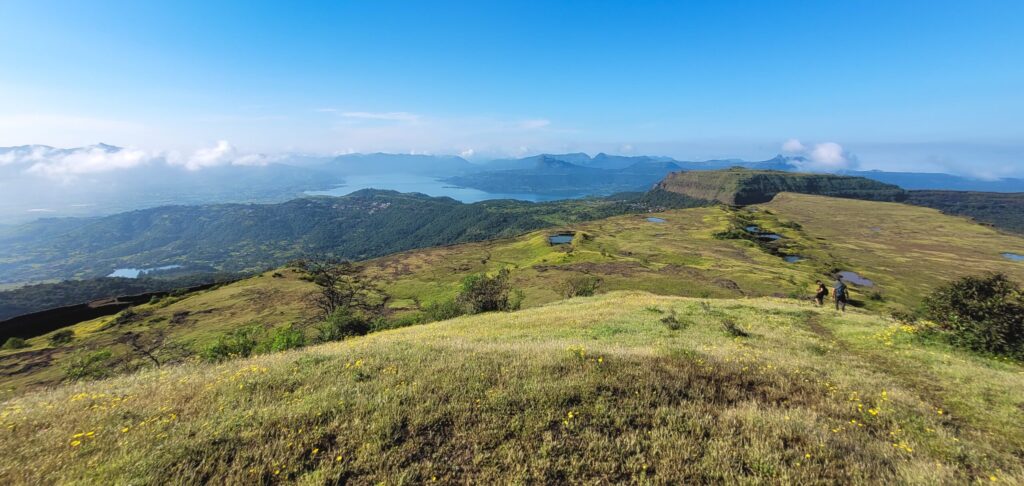
Its serene forests, ancient forts, and volcanically sculpted slopes have helped countless adventurers find their footing. In an increasingly digital world, it shall always remain a haven to disconnect from the routines of everyday life and reconnect with the roots from which we emerged.
And it is these distinct qualities of the Sahyadris that have made them an enduring source of inspiration for generations of mountain lovers!

